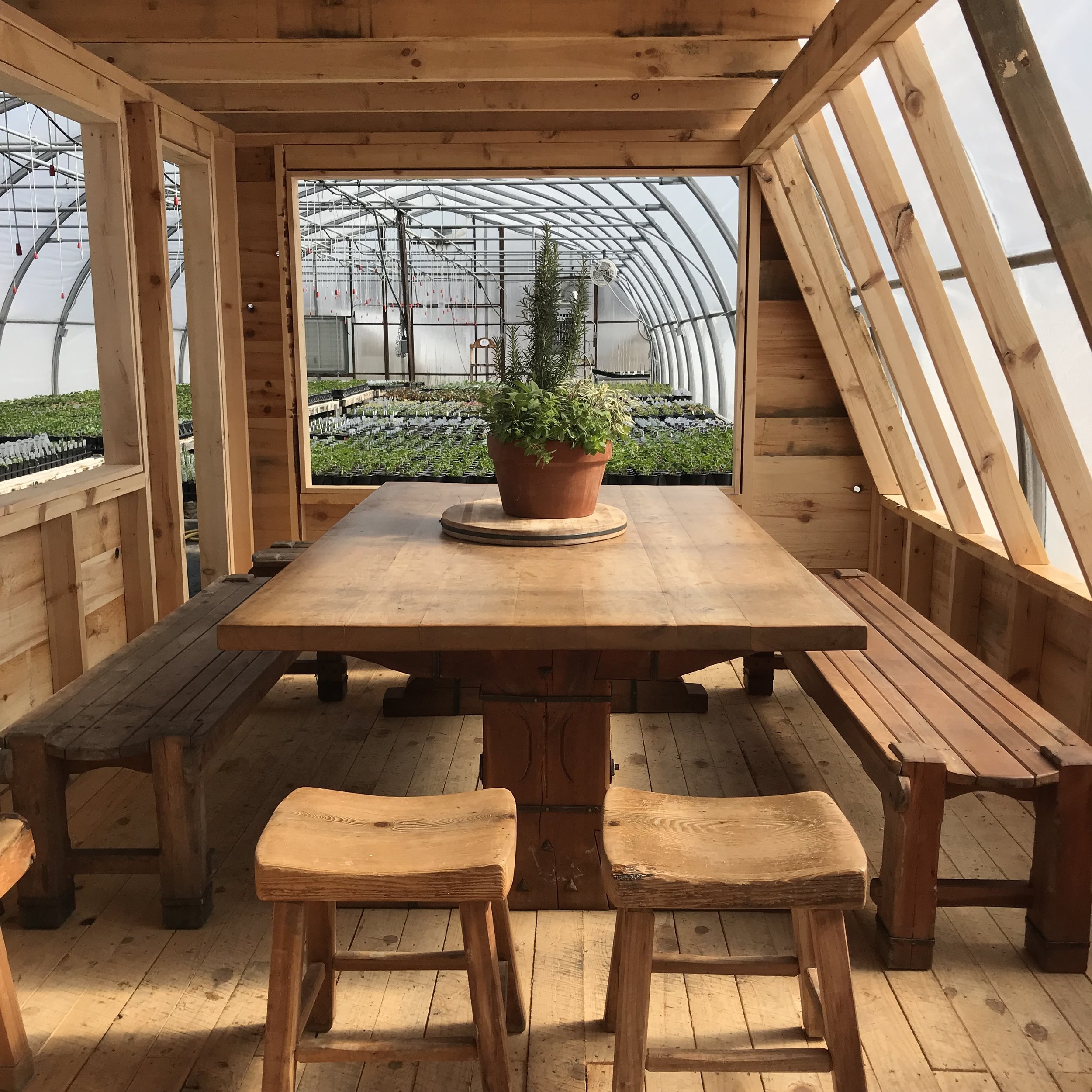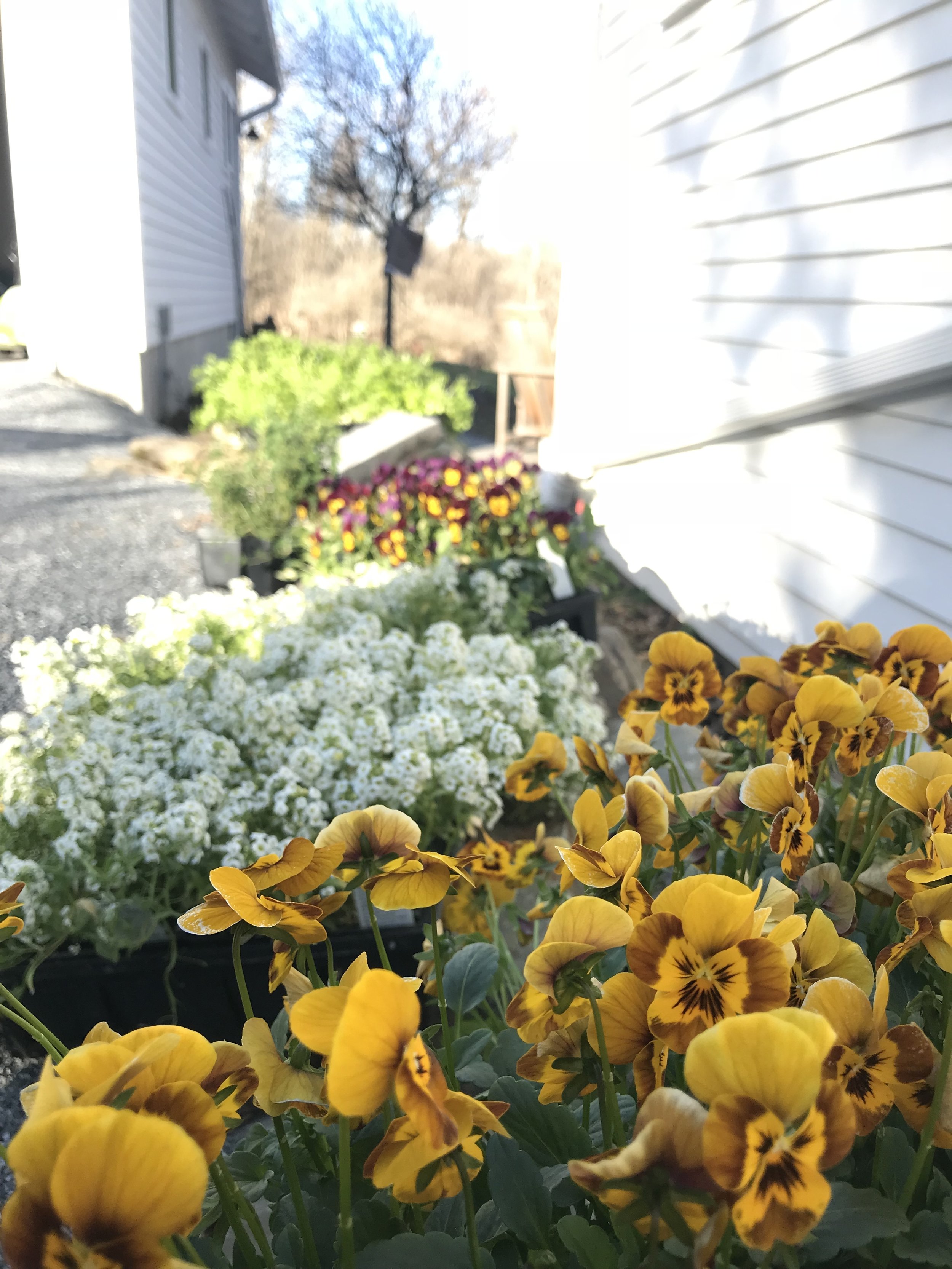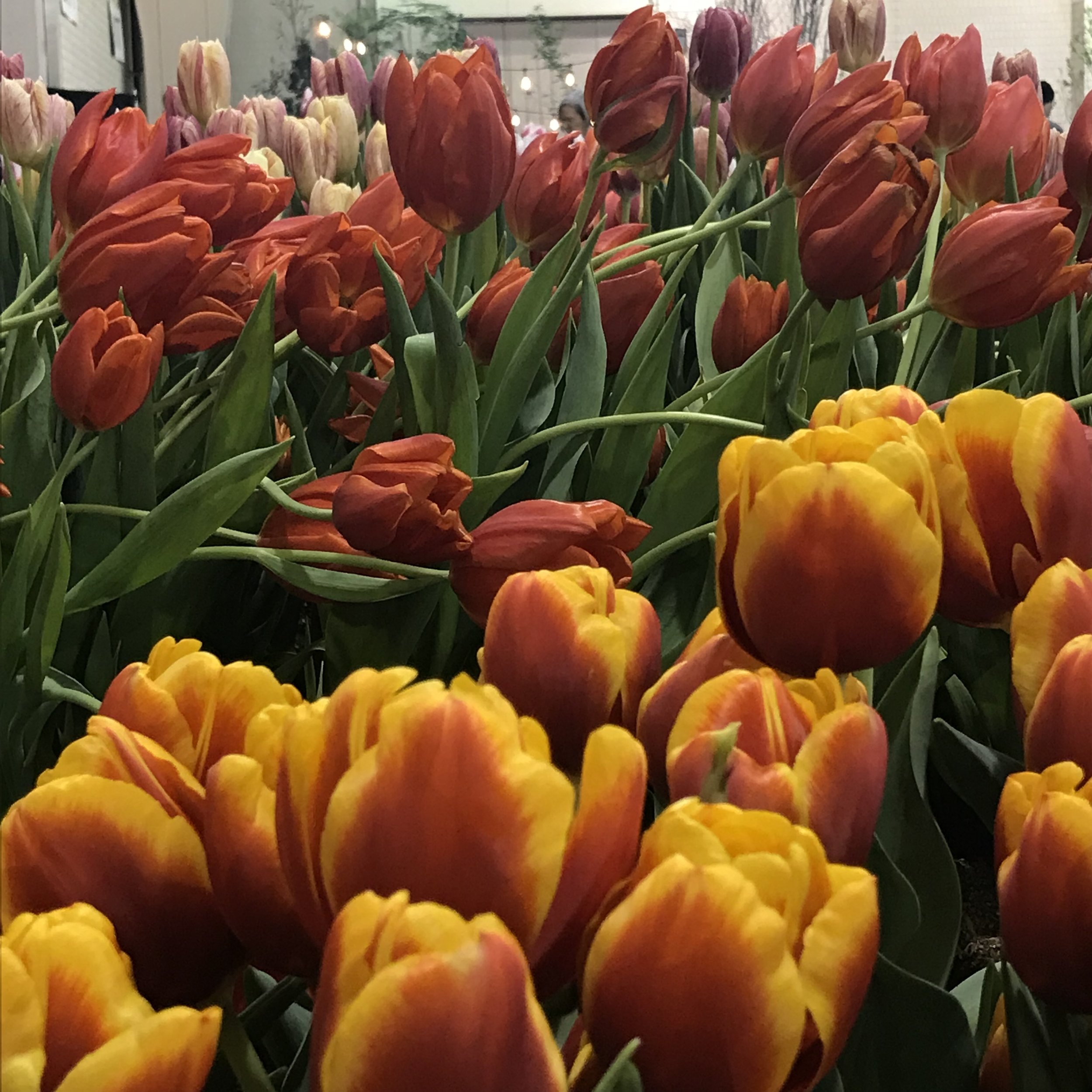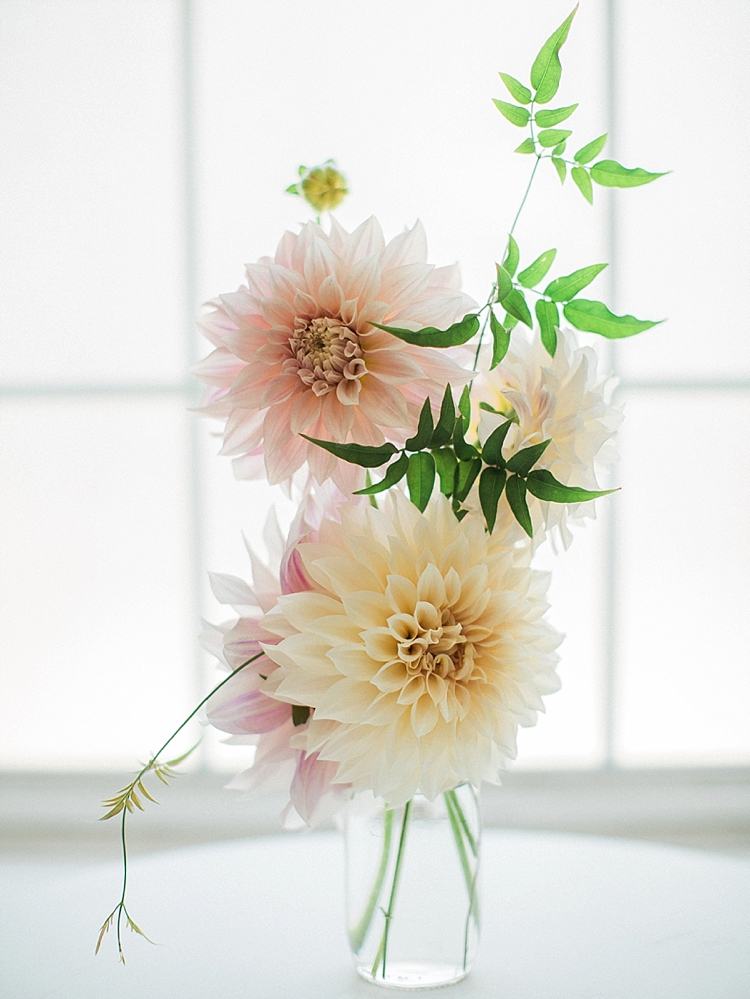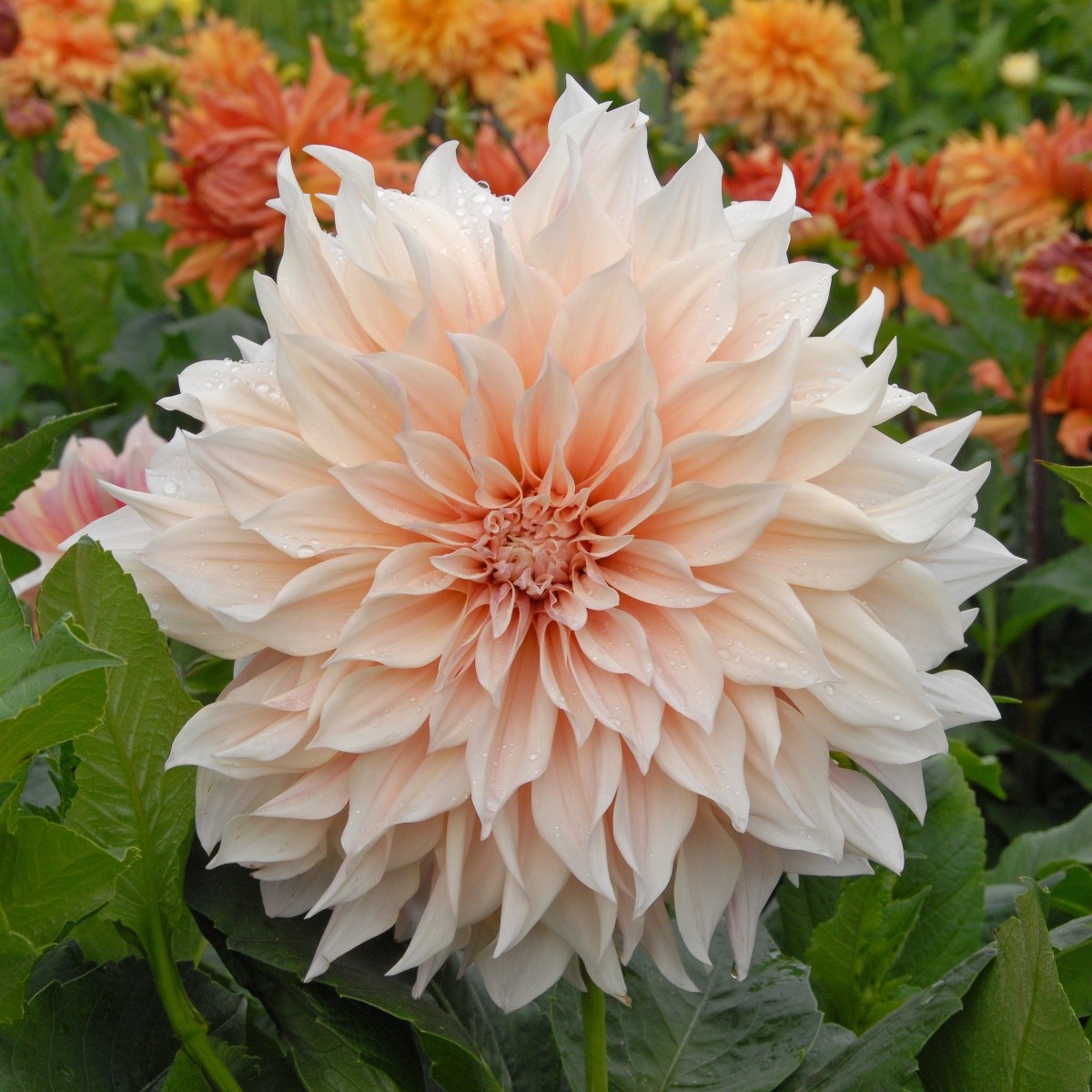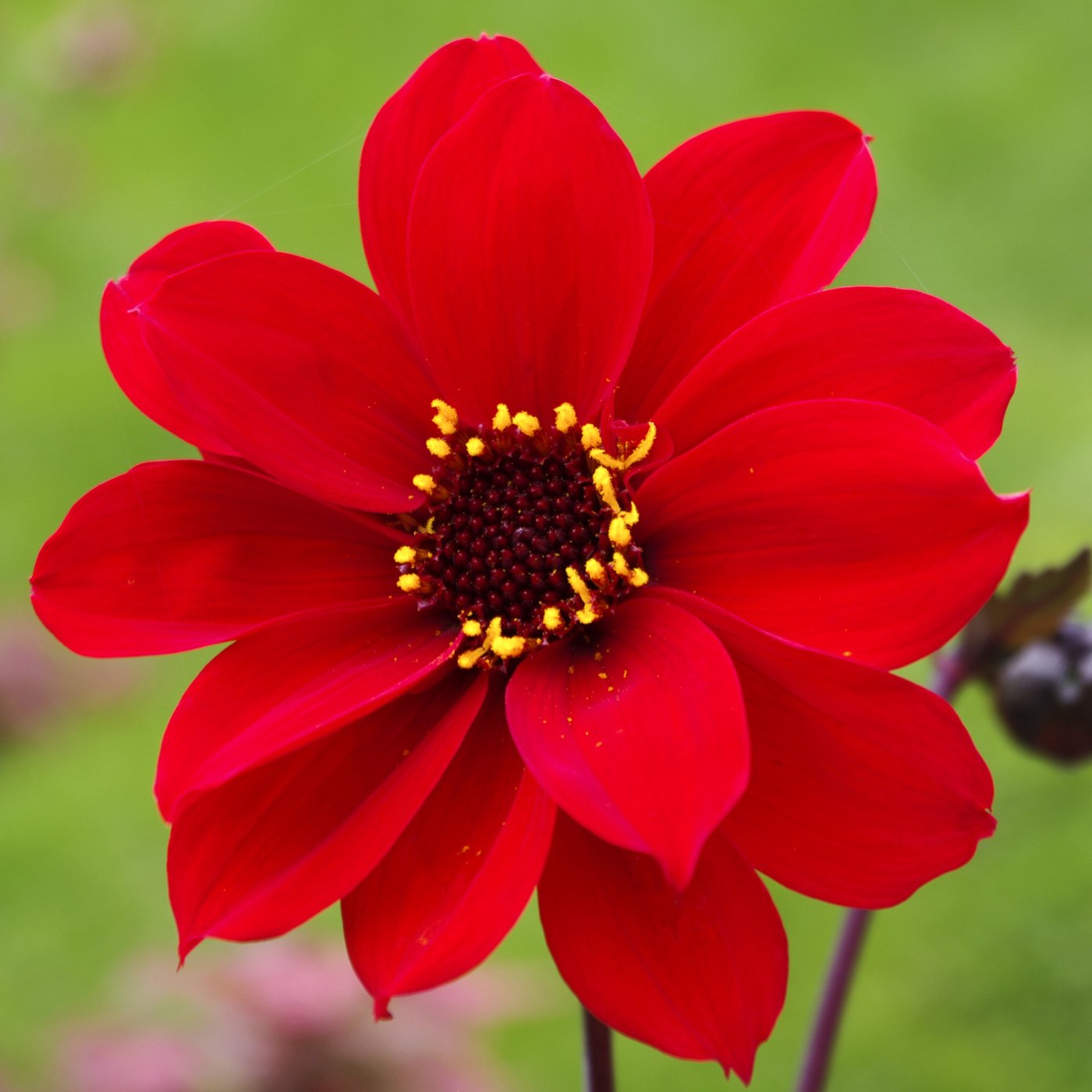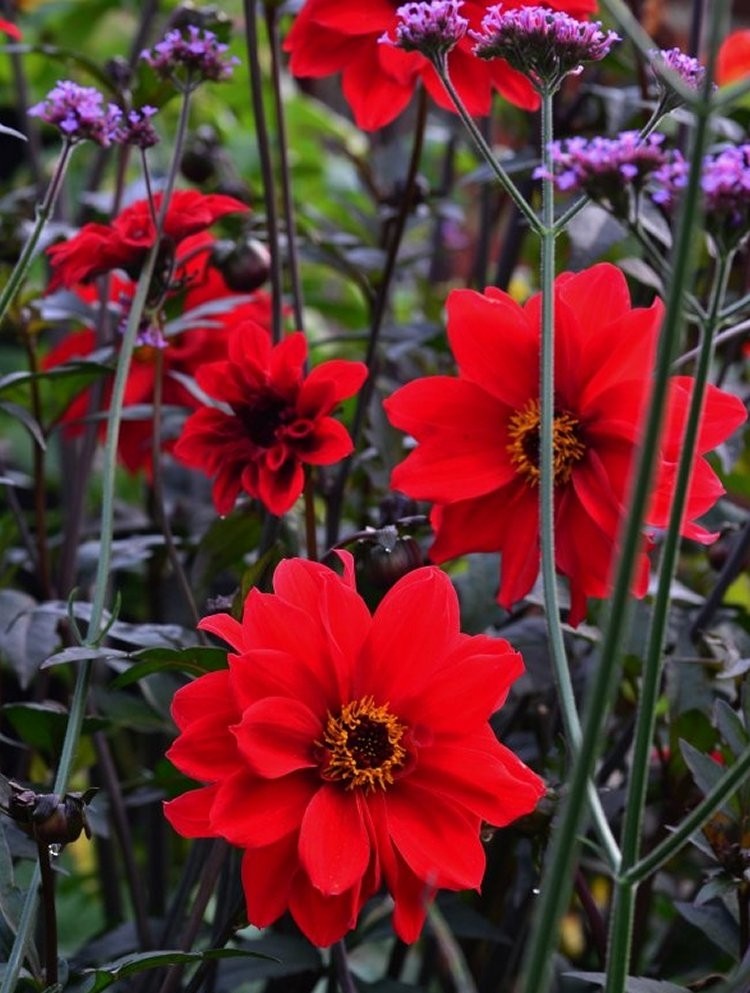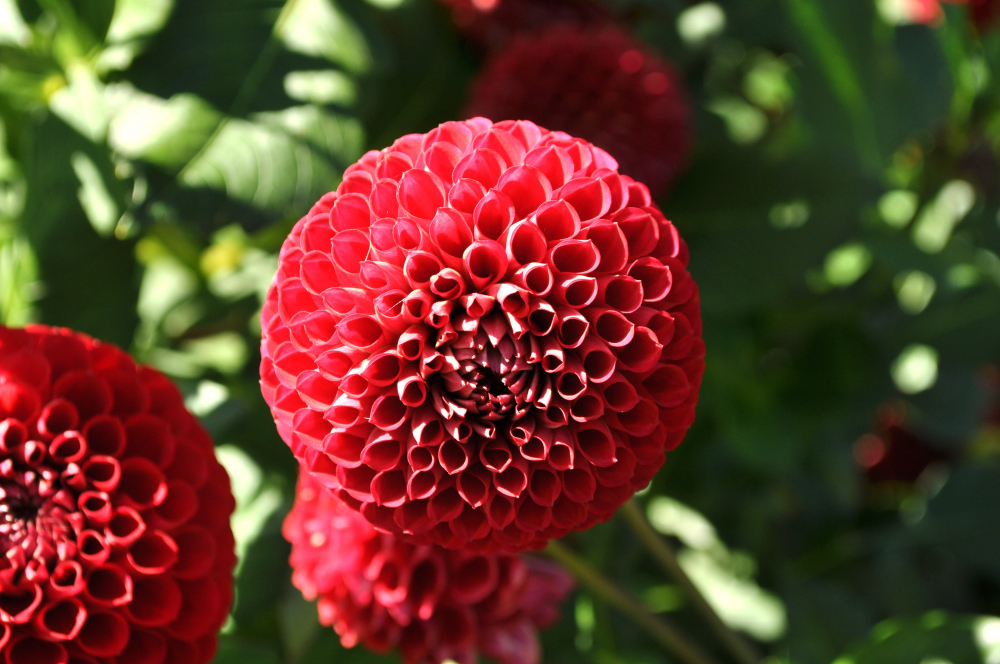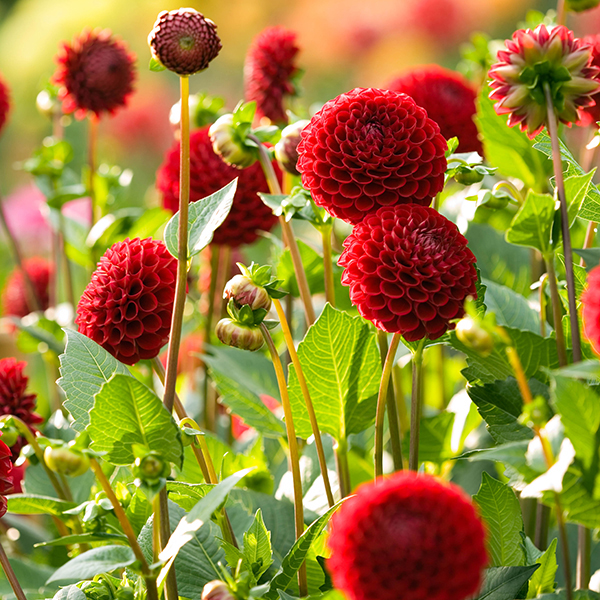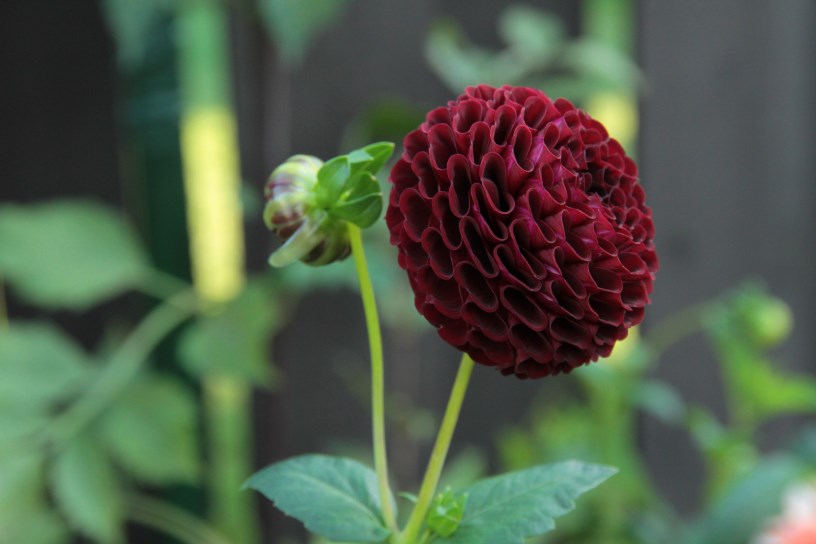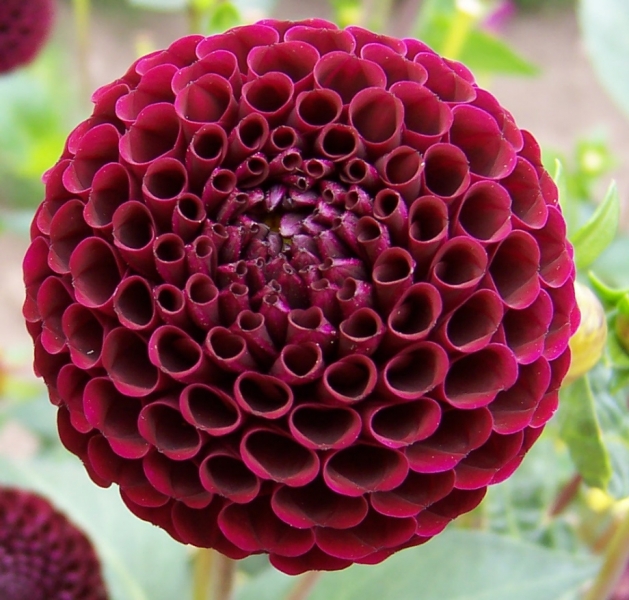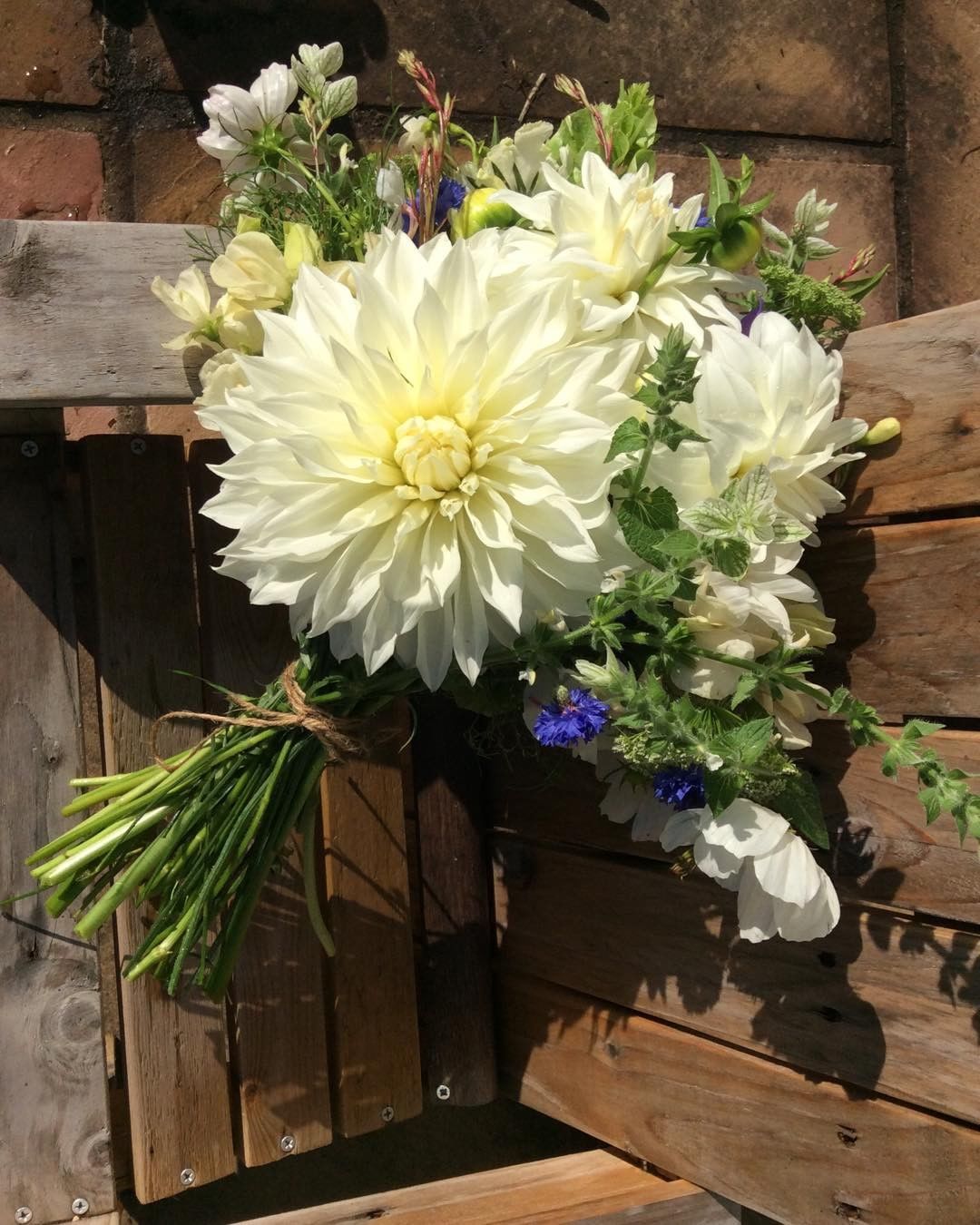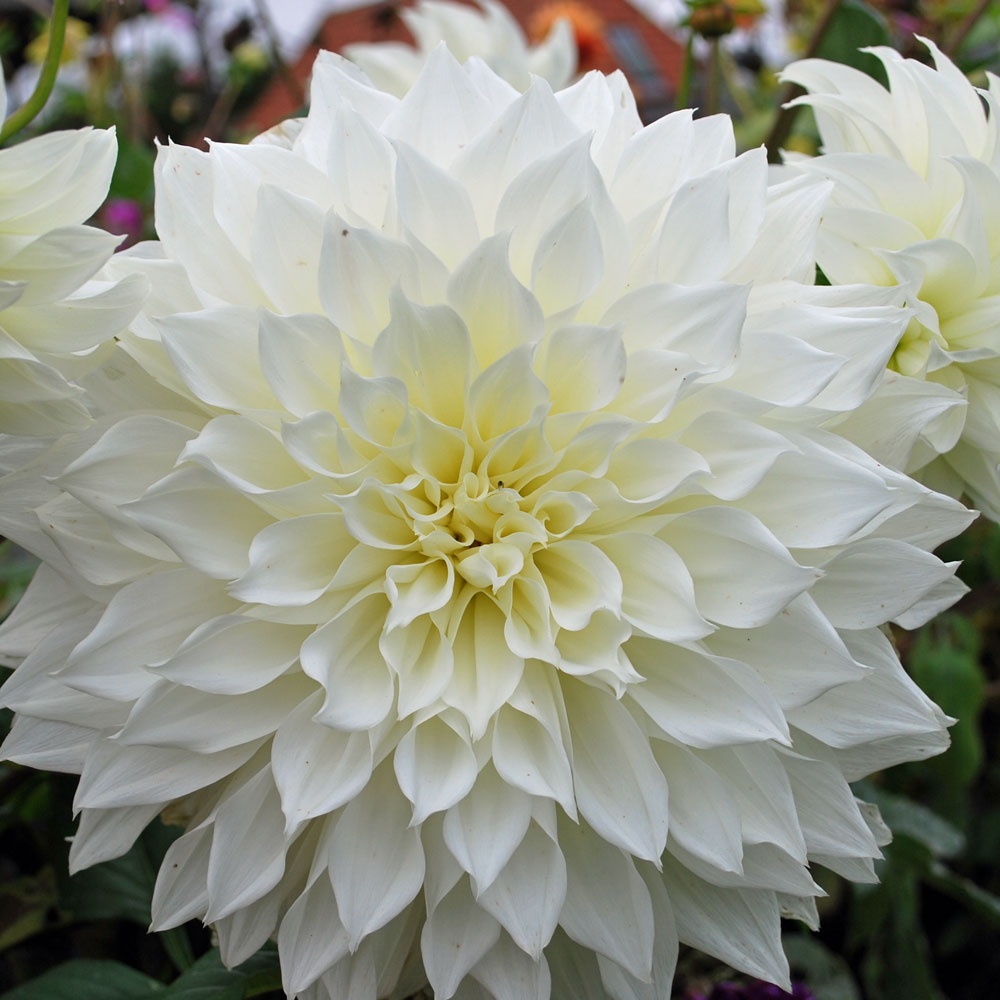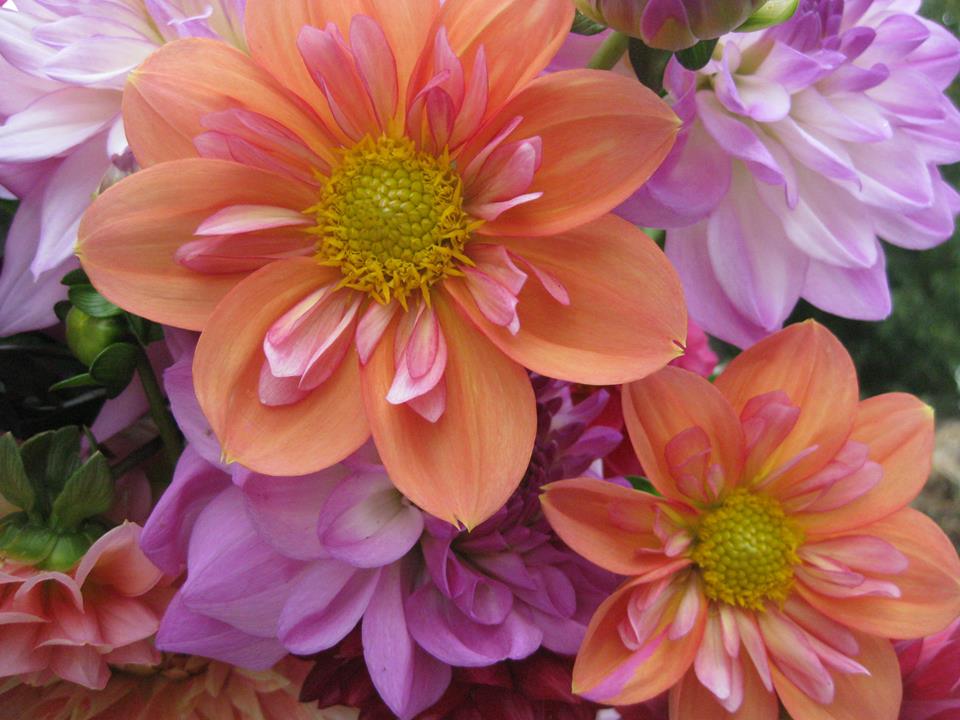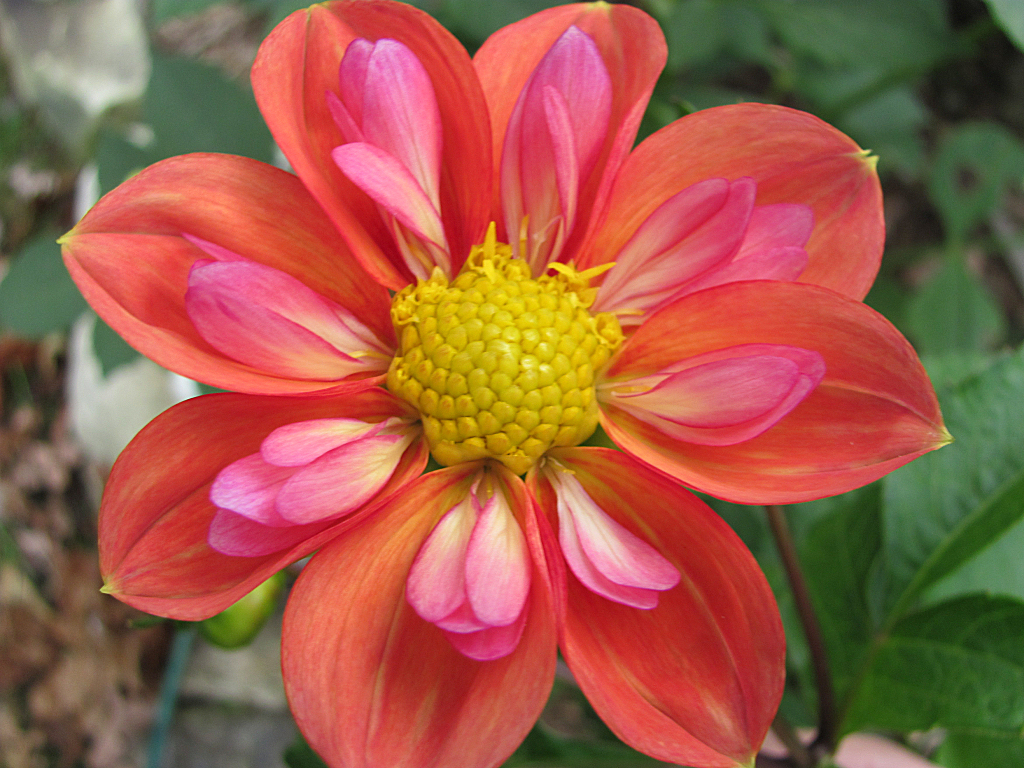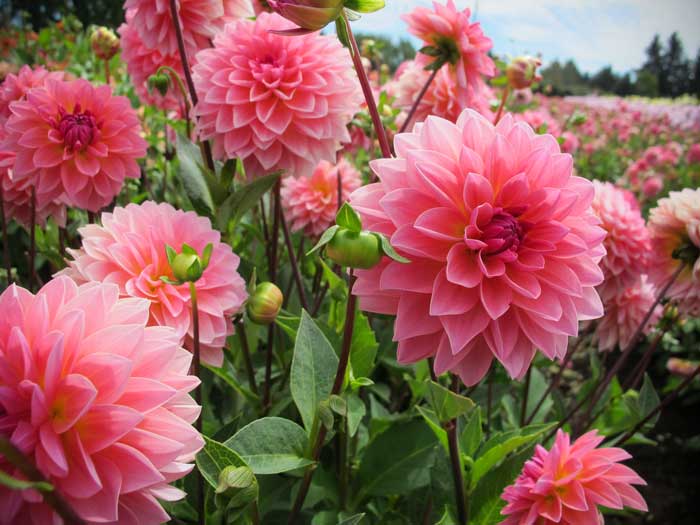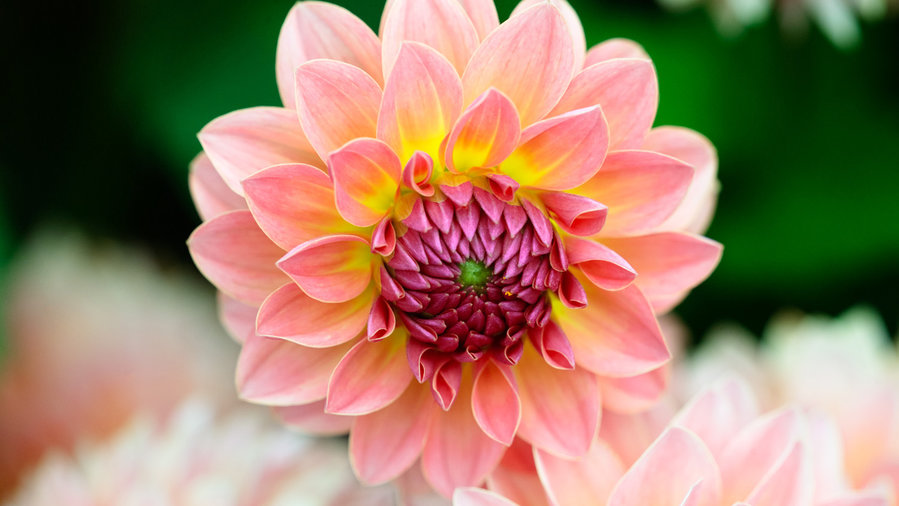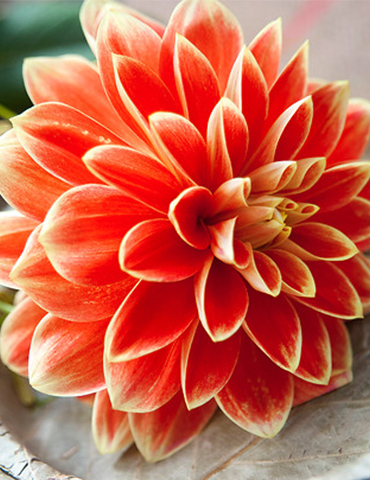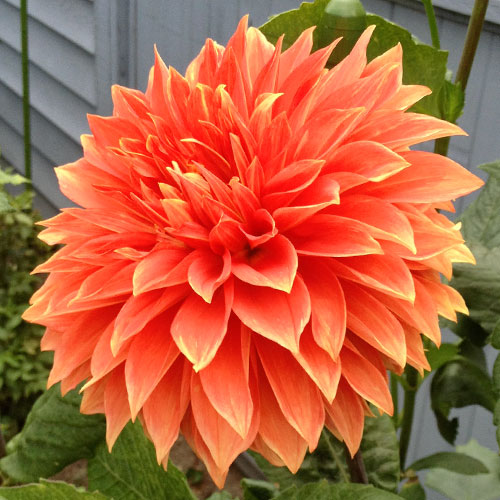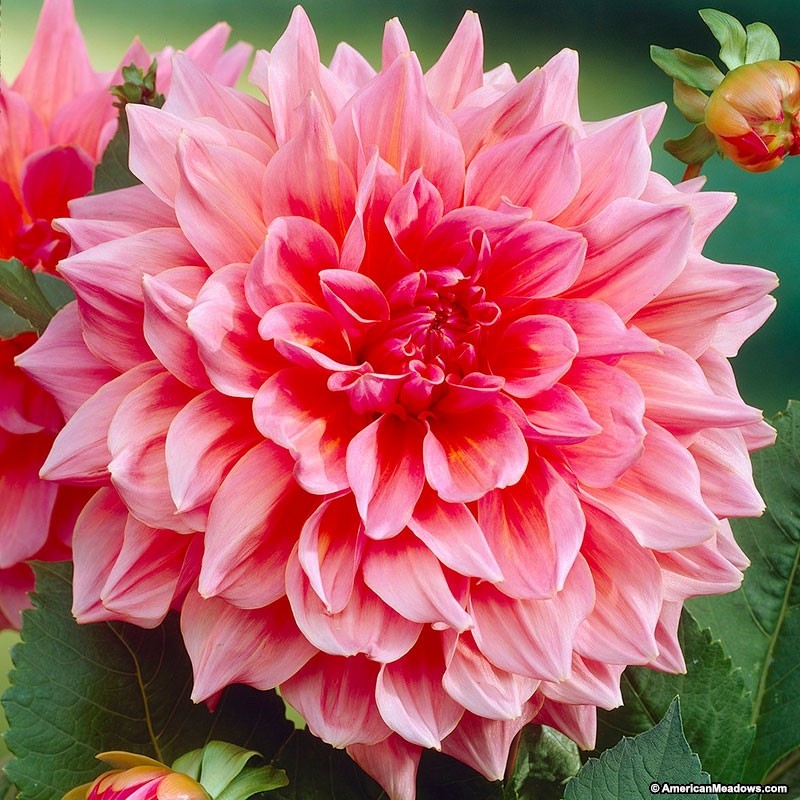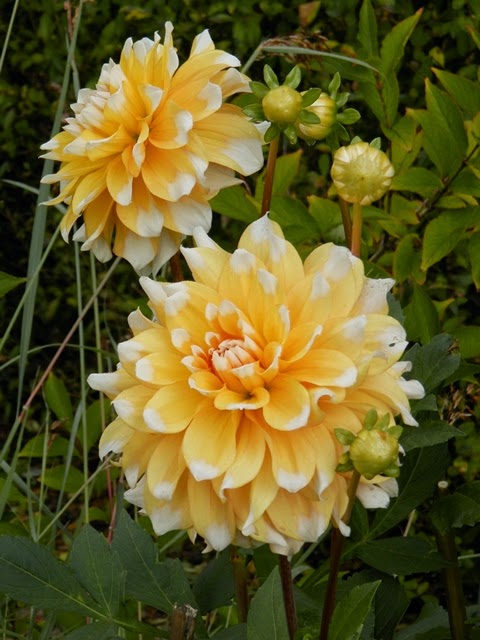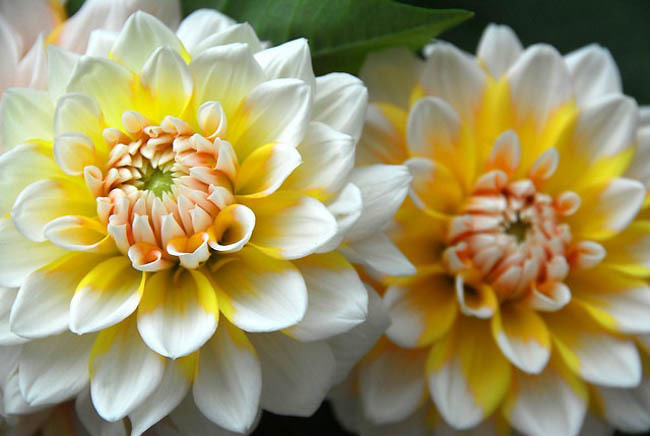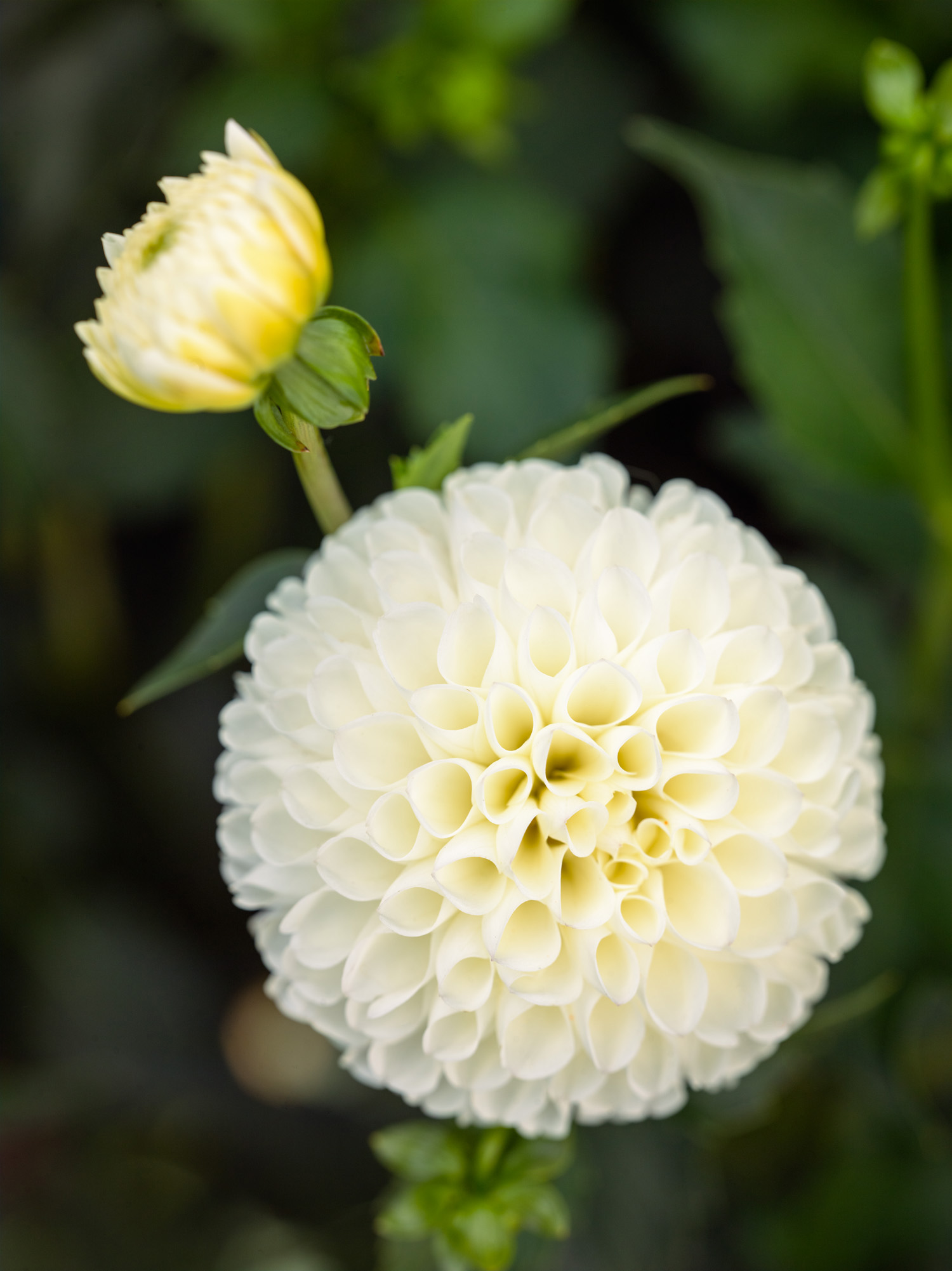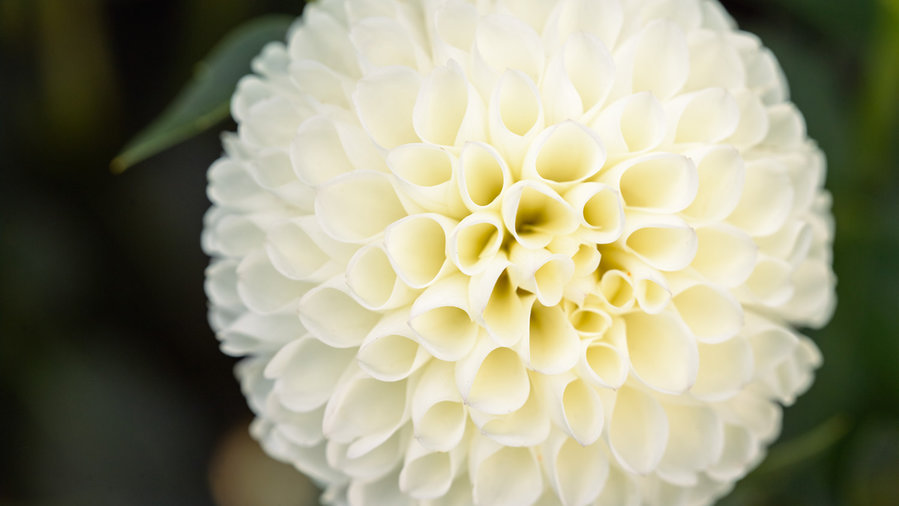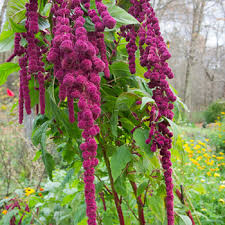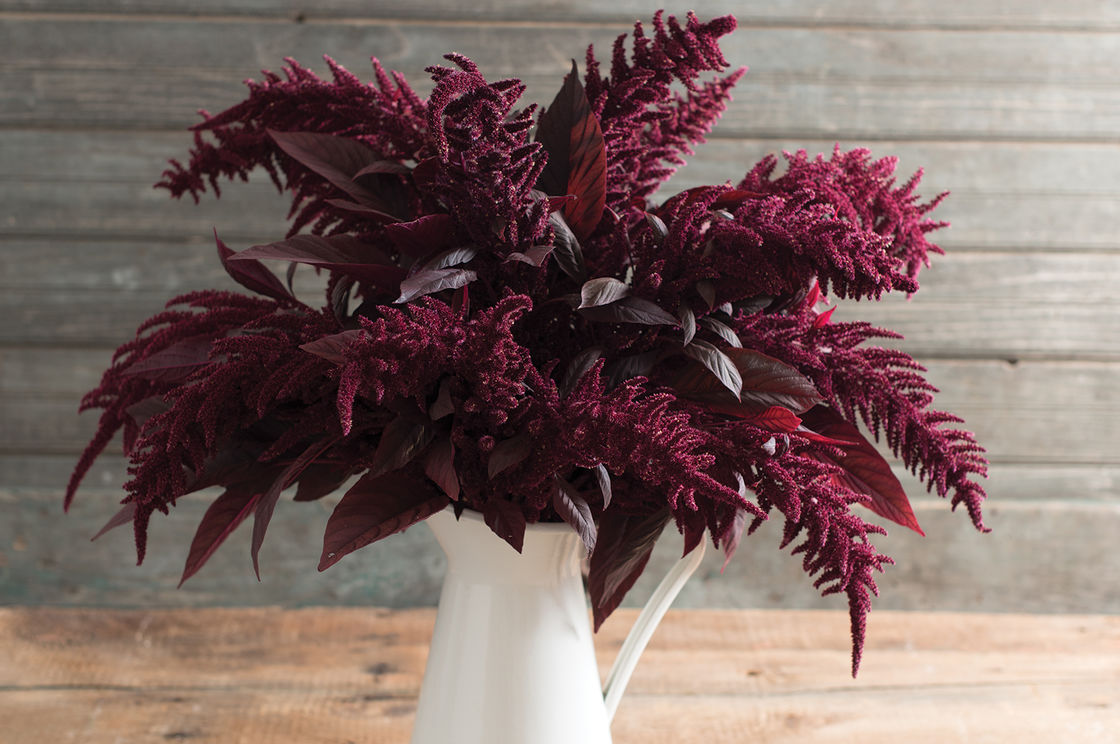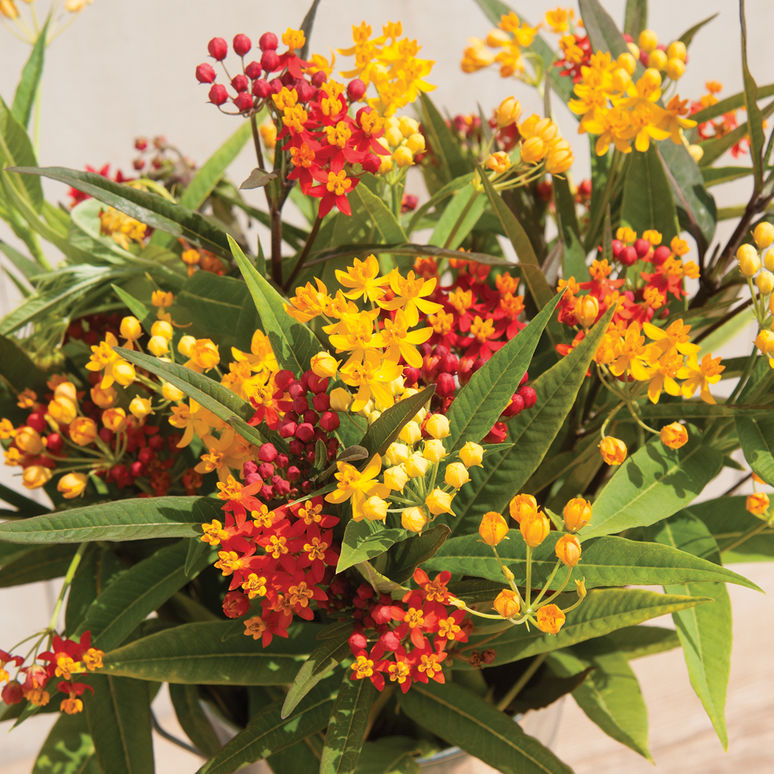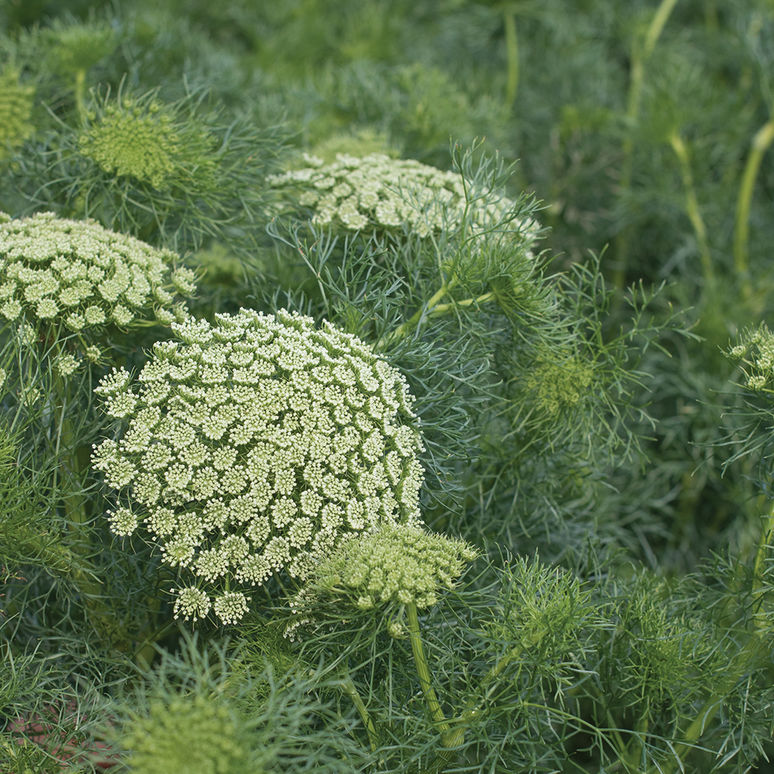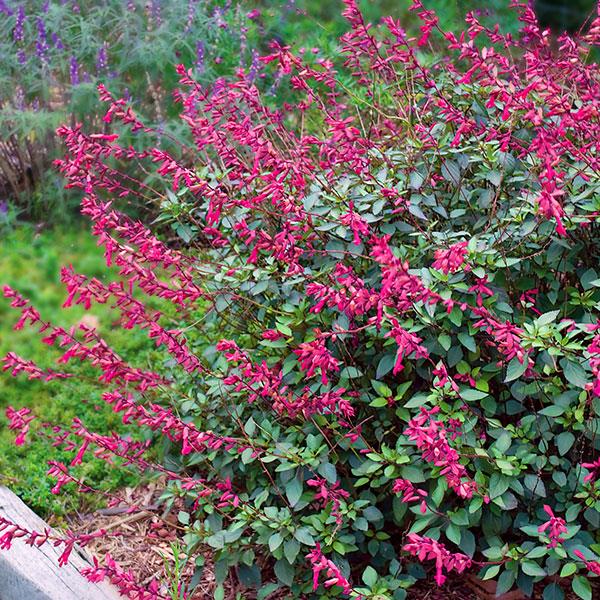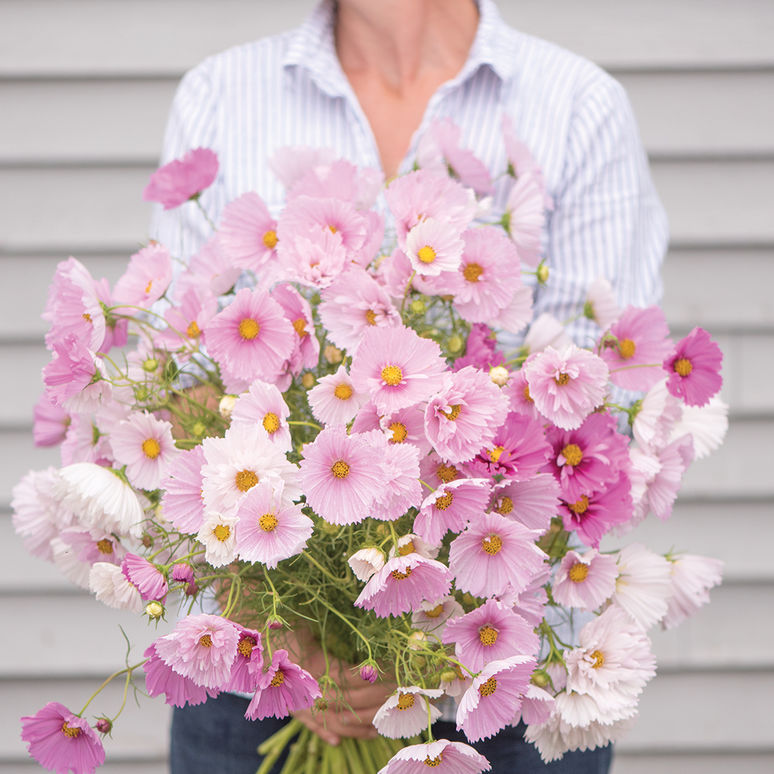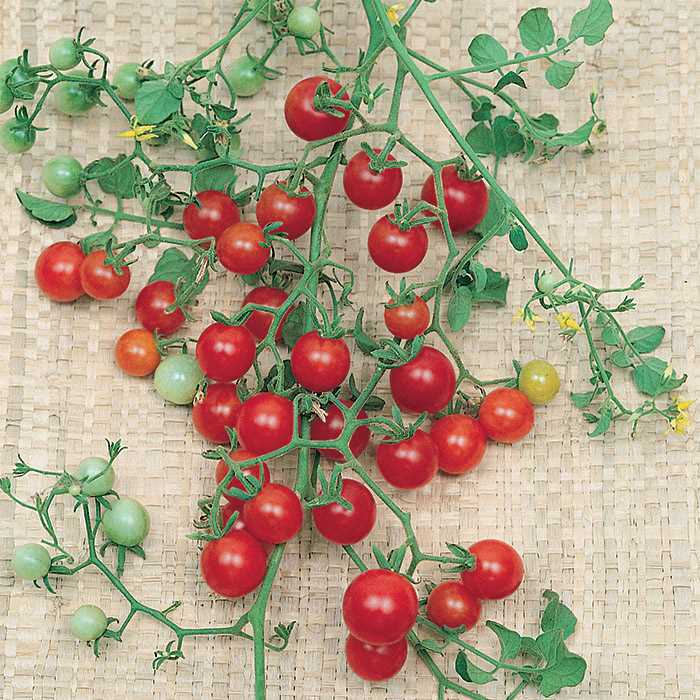Photo by Kate Bentley
This blog post is guest written by Sophie Cassel, Red Wagon Team member and herbalist educator. Thanks, Sophie!
As much as I love ripe tomatoes and blooming flowers, high summer to me is all about the fresh herbs. While this time of year you’ll find me outside snipping chives and parsley to add to my meals, it’s also a great time to prepare for a day when we don’t have a bouquet of fresh herbs outside our doorstep. Dried herbs have their purpose in the kitchen, but fresh-frozen herbs can add a whole new depth of flavor and color to any midwinter meal. The easiest way to do this is by employing some ice cube trays and a little creativity to make what I like to call my “secret sauce cubes”.
If you’ve ever made fresh pesto, you’ll recognize the general technique, but the beauty of this technique is that you can really let your imagination, as well as your garden, guide your recipe.
Basic Recipe:
Gather your herbs from the garden or farmer’s market. This is a great time use up the leaves from those woody basil plants or the kale that’s looking a little bug-eaten but still has good flavor. Try to pick a selection of flavorful plants and good bases like spinach, parsley, or kale. You’ll need somewhere between 2-3 largeish bunches of herbs per ice cube tray.
Roughly chop herbs and remove woody or tough stems. Rinse everything and shake the excess water off, but don’t dry the herbs out.
Toss it all in the blender! Now’s the time to add things like garlic, ginger, chili flakes or citrus zest. You can also add a little salt to taste, but I keep mine salt free so I don’t have to worry about the extra salt when I’m throwing the cubes in my cooking.
Pulse in the blender until everything is evenly pureed, scraping down the sides as necessary. Add just a little water to emulsify, a tablespoon at a time.
Spoon your herb puree into ice cube trays and freeze for a few hours or overnight.
Transfer the frozen cubes to a plastic bag that is labeled with all ingredients, and store in the freezer for a snowy day!
To use the cubes, thaw on the counter while you’re preparing your food. You can add them in while you’re sweating onions at the beginning of a dish, or toss in towards the end to lend a bright green hue and tons of flavor. Remember that if the cubes are still cold, they will lower the cooking temperature of your dish, so slowly bring it back up to heat through.
If you’re the type to can fresh tomatoes for winter sauces, adding a couple cubes of fresh-frozen oregano and parsley when it comes time to make pasta will result in a transcendent trip back to summer. Many a meager rice-and-vegetable stir fry was elevated this past winter using chef Amanda Cohen’s “Secret Weapon Stir Fry Sauce” (from the New York Times) which was my inspiration for breaking out of the basic basil pesto mold. Amanda Cohen’s delicious Asian-inspired blend is just one of many combinations based on what you have on hand throughout the season. Cohen recommends blanching her ingredients before blending, but I’ve found that you can also keep things raw if you’d rather not boil water in the heat of summer. Below I’ve included some combination ideas, but feel free to experiment! Your future self will thank you.
Amanda Cohen’s Secret Weapon Stir-Fry Sauce:
Cilantro
Parsley
Thai basil or other basil
Spinach
Garlic, peeled
Fresh ginger
Pesto inspired
Basil
Parsley (about 1/4th the amount of basil)
Garlic cloves
I prefer to keep my pesto basic at this stage, and leave room for adding cheese or nuts during cooking.
Chimichurri inspired:
Parsley
Arugula
Oregano
Garlic or shallots, chopped
Chili flakes
Add lime juice, oil and a little rice vinegar when cooking
“Scarborough Faire”:
Parsley
Sage
Rosemary
Thyme
Oregano
Marjoram
Make sure to strip leaves off any tough or woody stems











